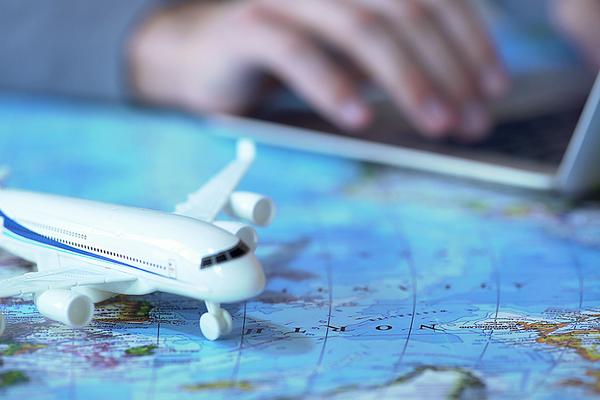[ad_1]
Last year’s post-pandemic upsurge in domestic air travel may have reached its zenith, with major mishaps like Southwest Airlines’ holiday meltdown and the FAA’s recent nationwide system outage affecting consumers’ confidence when it comes to flying.
With flight disruptions compounded by extreme and unpredictable weather around the nation this winter, the aviation sector’s poor performance has led almost half of survey participants to reconsider their travel plans for spring and summer.
ADVERTISING
According to marketing research firm MMGY Global’s quick consumer study, 48 percent of all active leisure travelers say the airline industry’s two recent calamities have made them less likely to travel by plane over the next nine months.
MMGY Global President and COO Craig Compagnone revealed the results of the poll, along with his own insights, in a LinkedIn post. He opined that aviation’s recent blunders, combined with two consecutive quarters of overall economic recession and a continued increase in airfare prices, which is even outpacing record inflation rates, could create problems for the domestic travel sector.
Compagnone pointed to the ‘MMGY Global Travel Sentiment Index’, which reveals that interest in travel has fallen by more than 20 points since peaking in Summer 2021.
Although, the active leisure travelers surveyed said that this season’s many flight disruptions made them more inclined to take road trips in the near future instead of flying. Specifically, 45 percent of participants said they’re more likely to travel by car this spring because of recent air travel delays and cancellations, while 44 percent said the same about their summer travel plans.
However, a notable exception emerges among higher-income households considering international travel intentions. According to MMGY’s research, the likelihood of overseas travel among those who earn $100,000+ is still increasing, and they’re showing a particular interest in European trips this year. Compagnone concluded that marketers ought to be targeting households with income levels between $50,000 and $90,000, where travel intent appears to be less affected by recent events.
Overall, Compagnone anticipates we’ll see travel companies and U.S. destinations shift their marketing strategies this spring, intensifying their focus on regional drive markets. He pointed out that places like California, Colorado and North Carolina, whose promotional angles already highlight their road trip-ability, should stand in good stead among American travelers this summer.
For the latest travel news, updates and deals, be sure to subscribe to the daily TravelPulse newsletter here.
[ad_2]
Source link




